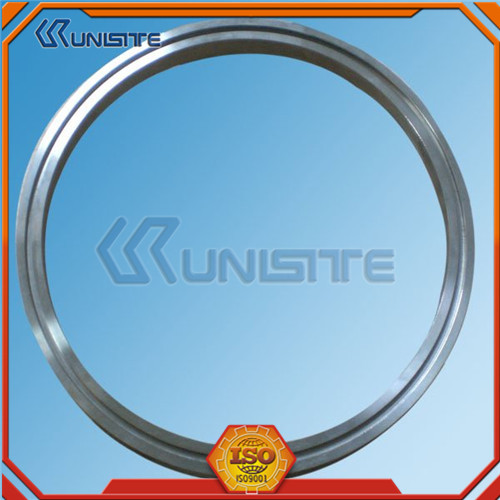Automatic Transmission
Automatic transmission (English: Automatic Transmission, abbreviated: AT), also known as automatic transmission, Taiwan is called self-emission transmission, Hong Kong is called automatic wave, usually is a kind of can automatically change the gear ratio when the vehicle is running The car transmission, so that the driver does not have to manually shift, but also for large equipment railway locomotives.
In general, the gear position of an automatic transmission is classified into P, R, N, D, 2, 1 or L.
P (Parking): used for parking, pay attention to use with handbrake. It is the use of mechanical devices to lock the car's rotating parts, so that the car can not move. When the car needs to stay in a fixed position for a long time, or before leaving the cab after a stop, it should pull the hand brake and push the lever to the "P" position. It should be noted that the vehicle must use the P block when it is completely stopped, otherwise the mechanical parts of the automatic transmission will be damaged. In addition, the automatic transmission is equipped with a neutral start switch, so that the car can only start the engine in the "P" or "N" gear, so as to avoid sudden start of the car when the other gear is wrongly started. Therefore, be sure to confirm whether the shift lever is at "P" or "N" before starting the engine.
R (Reverse): Reverse gear, used when the vehicle is backwards. It is usually necessary to press the safety button on the lever to move the lever to "R". It should be noted that when the vehicle has not stopped completely, it is absolutely forbidden to go to the "R" block, otherwise the transmission will be seriously damaged.
Principle diagram N (Neutral): Neutral. Put the lever in the "N" gear, the power between the engine and the transmission has been cut off. If you stay for a short time, you can put the lever in this gear and pull out the hand brake lever. The right foot can move away from the brake pedal to take a rest.
D (Drive): Forward gear, used on general roads. Due to the different designs of each country's models, the "D" block generally includes from 1st to high or 2nd to high, and will automatically shift due to changes in speed and load. Put the lever in the "D" gear, the driver controls the speed as long as the throttle pedal can be controlled.
2 (Second Gear): The 2nd gear is the forward gear, but the transmission can only be changed between 1st gear and 2nd gear and will not jump to 3rd gear and 4th gear. Put the lever in 2 gear, the car will start from 1 block, when the speed increases, it will automatically turn 2 block. The 2nd gear can be used for the upper and lower slopes. The advantage of this gear section is that the vehicle will stably maintain the 1st or 2nd gear position when it is inclined upward or downward, and will not be affected by the load or speed of the incline. Balance, so that the transmission kept shifting. In the case of falling slopes, using the engine's low speed resistance as a brake will not make the car go faster.
1 (First Gear): The first gear is also the forward gear, but the transmission can only work in the first gear. Cannot change to other gears. It is best used for serious traffic jams and steep slopes. When you are on a slope or a slope, you can make full use of the torque of your car's engine.
Roll forging is a process where round or flat bar stock is reduced in thickness and increased in length. Roll forging is performed using two cylindrical or semi-cylindrical rolls, each containing one or more shaped grooves. A heated bar is inserted into the rolls and when it hits a spot the rolls rotate and the bar is progressively shaped as it is rolled through the machine. The piece is then transferred to the next set of grooves or turned around and reinserted into the same grooves. This continues until the desired shape and size is achieved. The advantage of this process is there is no flash and it imparts a favorable grain structure into the workpiece.
Main particulars
|
|
MAIN PARTICULARS |
|
Material for product |
stainless |
|
Standard |
ASTM, ASME, DIN, JIS, ISO, BS, API, EN |
|
Certificate |
ISO9001, BV |
|
Dimension |
As per drawing, as large as we can |
|
Processing |
Forging+blasting+Machining |
|
Finishing surface |
Machined surface with tectyl891, blasting and painting(Hempel, Inter, Sigma, Jotun), anodize, polishing |
|
Marking |
as per clients` requirements |
|
Inspection |
material, construction, dimension, heat treatment, hardness, NDT |
|
Quality |
ISO9001, BV, PPAP control production CMM, digital projector, Rockwell hardness tester, hydraulic pressure |
|
Lead time |
5 days for sample, consult with customer for mass production |
|
Delivery |
Express for sample, ocean shipping/air for mass production |
|
Our Capabilities |
CNC Machining, CNC center machining, drilling, milling, turning, grinding, tapping, forging, stamping |
|
Engineering&manufacturing services |
R&D process, tooling and gauging design, product design Integrated CAD/CAM system, test and measuring |
|
Others |
Recyclable, in line with environmental requirements and standards, and reliable |





Stainless Steel Forging
Stainless Steel Forging,Forging Carbon Stainless Parts,Alloy Stainless Forging Parts,Oem Alloy Stainless Forging Part
Shinvast Industry Ltd , http://www.shinvastindustry.com